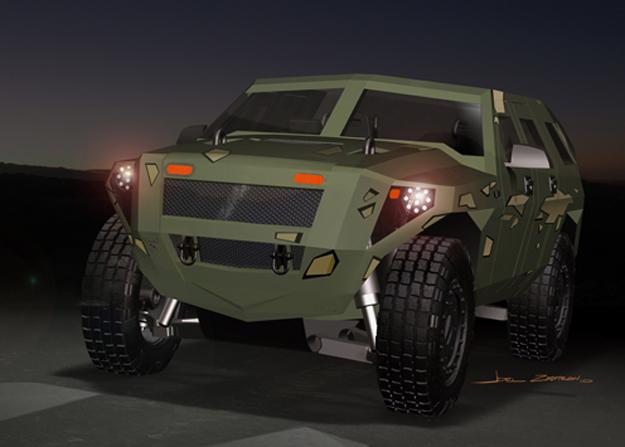
It would appear that the US military is about to go green — and not by donning some stealthy camouflage — but by turning towards eco-conscious means of energy to power its vehicles. It’s no secret that the United States military relies on the use of traditional fuel sources to power many of its vehicles, but now the military is aiming to utilize green technology and develop a pair of solar-powered hybrid Humvees called the FED Alpha and FED Bravo.
Both vehicles fall under the FED (Fuel Efficient Ground Vehicle Demonstrator) category and are currently in development. While the details are particularly sparse, especially for the FED Bravo which remains classified at this time, information on the FED Alpha is available, albeit only marginally so. While the FED Bravo remains more of a mystery, the FED Alpha is said to be equipped with a solar panel mounted on the commanding Humvee to assist in powering its electrical systems.

Given that both the Alpha and its classified Bravo brother are still very much in the development stage, it will most likely be some time before the military is able to implement them with full force, but if both the Alpha and Bravo can deliver and provide the same performance as their non-hybrid cousins – then it would be some very impressive green-technology being implemented in a sector of the government not known for its reverence towards the environment.


